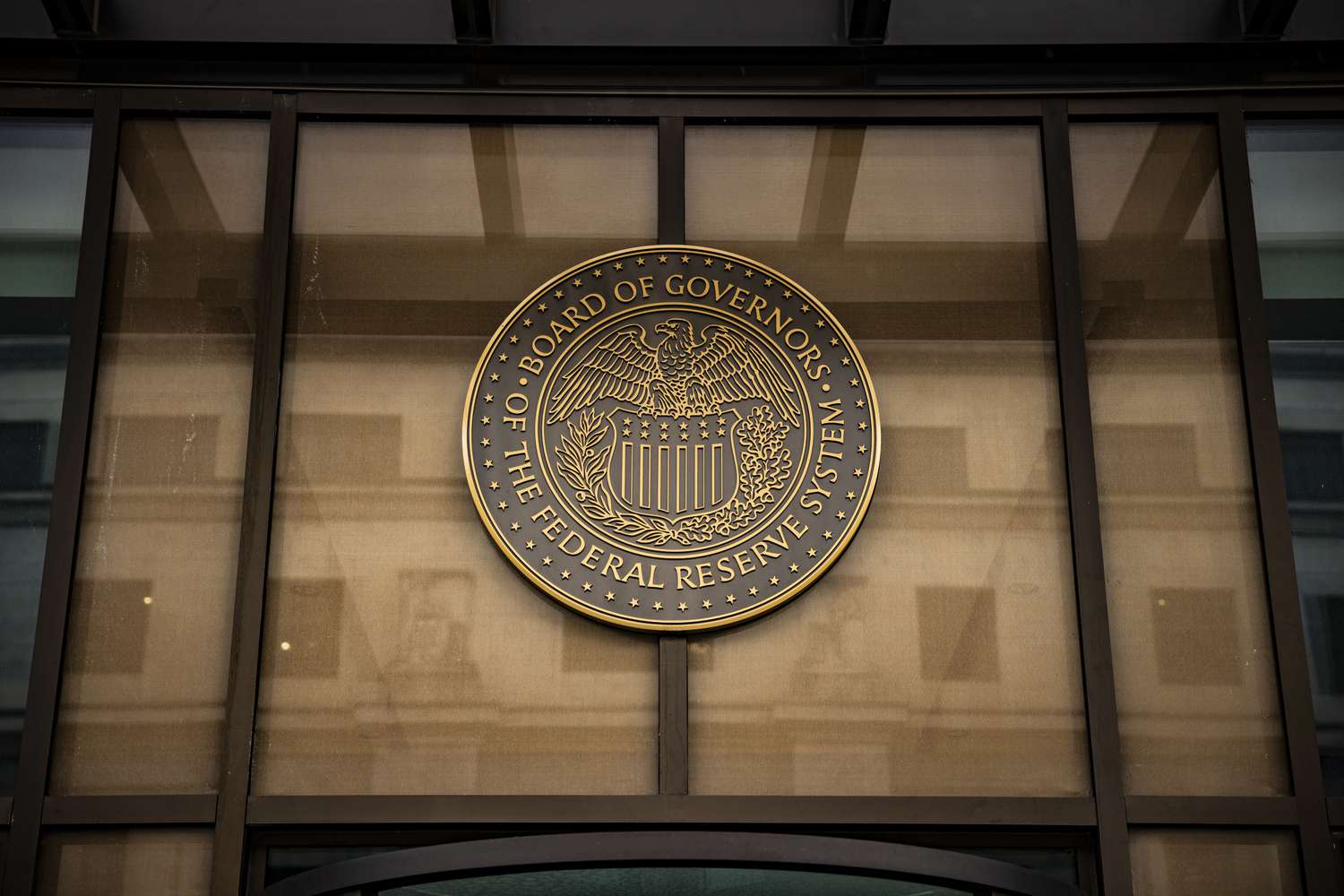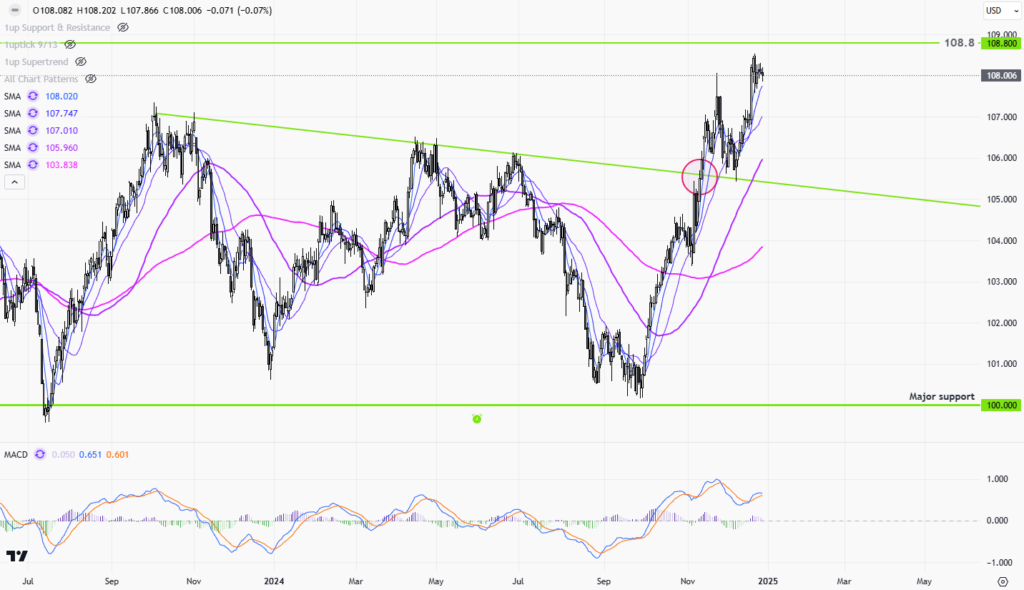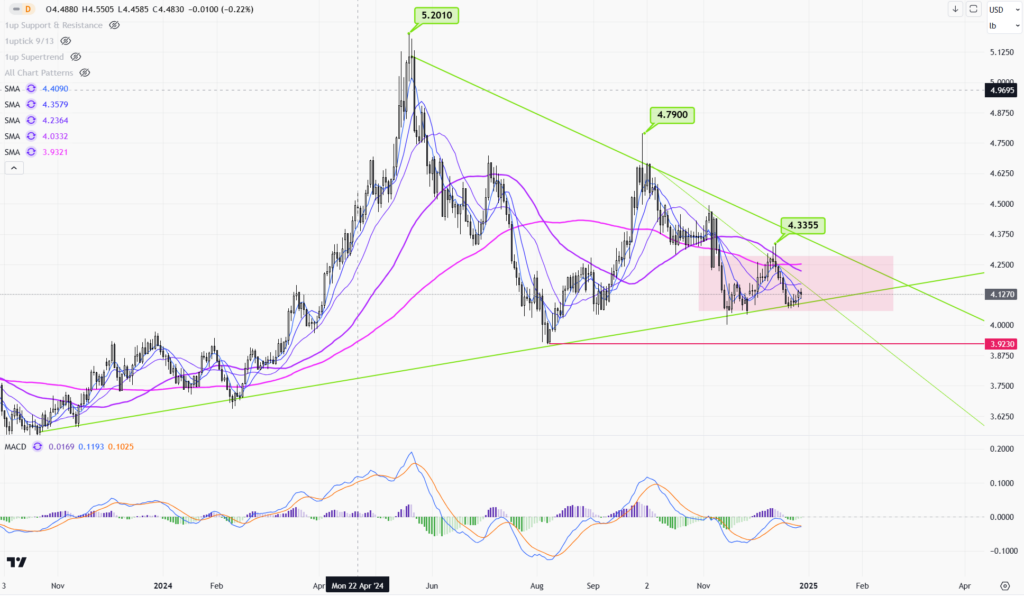 |
| Gold V.1.3.1 signal Telegram Channel (English) |

How the Fed’s Job Strategy Is Impacting Inflation and Rates
2025-02-19 @ 13:01
How the Fed’s Inclusive Jobs Recovery Is Shaping Inflation and Monetary Policy
Employment Trends and Labor Market Dynamics
The Federal Reserve’s ongoing focus on an inclusive jobs recovery has led to significant employment gains across various demographic groups. Historically disadvantaged workers have particularly benefited from this approach, as employment disparities have narrowed considerably.
However, while the labor market has eased somewhat in 2024, job gains and wage growth remain strong compared to pre-pandemic levels. This tight labor market comes with implications for inflation.
Key Labor Market Trends:
- Low unemployment: Job vacancies remain high, contributing to sustained hiring momentum.
- Reduced employment disparities: Disadvantaged groups have seen some of the largest employment improvements.
- Moderate wage growth: Although down from post-pandemic highs, wage growth remains solid.
Economists believe these trends are putting upward pressure on wages, driving higher production costs, and pushing prices higher across the economy.
Understanding Inflation in the Current Economy
Despite moderating from its peaks, inflation remains above the Federal Reserve’s 2% objective. The 2024 Monetary Policy Report indicates that inflation continues to show resilience, prompting the Fed to take further action through interest rate adjustments.
Factors Contributing to Inflation:
- Strong labor market: Higher employment levels are leading to increased consumer spending.
- Supply chain challenges: Although improving, disruptions still impact pricing in certain sectors.
- Global economic conditions: Geopolitical events and external shocks continue to influence inflationary trends.
Market analysts suggest that while the Fed’s employment strategy has bolstered economic growth, it has simultaneously made inflation management more complex.
Federal Reserve’s Latest Policy Adjustments
To manage inflation while preserving job growth, the Federal Open Market Committee (FOMC) has taken a balanced approach:
Key Fed Actions:
- Interest rate reductions: The Fed has lowered the target range for the federal funds rate by 100 basis points.
- Balance sheet reduction: A gradual decrease in holdings of Treasury and agency securities.
- Monitoring economic indicators: A data-driven approach to future monetary policy decisions.
Financial strategists emphasize the importance of avoiding both over-tightening, which could harm employment, and under-tightening, which could allow inflation to persist.
Long-Term Inflation Expectations Remain Anchored
Despite current fluctuations, long-term inflation expectations remain steady near the 2% target. Both survey-based and market-based indicators suggest that consumers and financial markets trust the Fed’s ability to bring inflation under control.
Why Anchored Inflation Expectations Matter:
- Maintains Fed credibility: Confidence in the Fed’s policies supports economic stability.
- Prevents runaway inflation: If expectations were to rise, it could fuel prolonged inflationary pressures.
- Influences financial markets: Predictable inflation expectations help guide investment and monetary policy decisions.
Market commentators view the Fed’s ability to stabilize inflation expectations as a crucial factor in sustaining economic growth in the long run.




